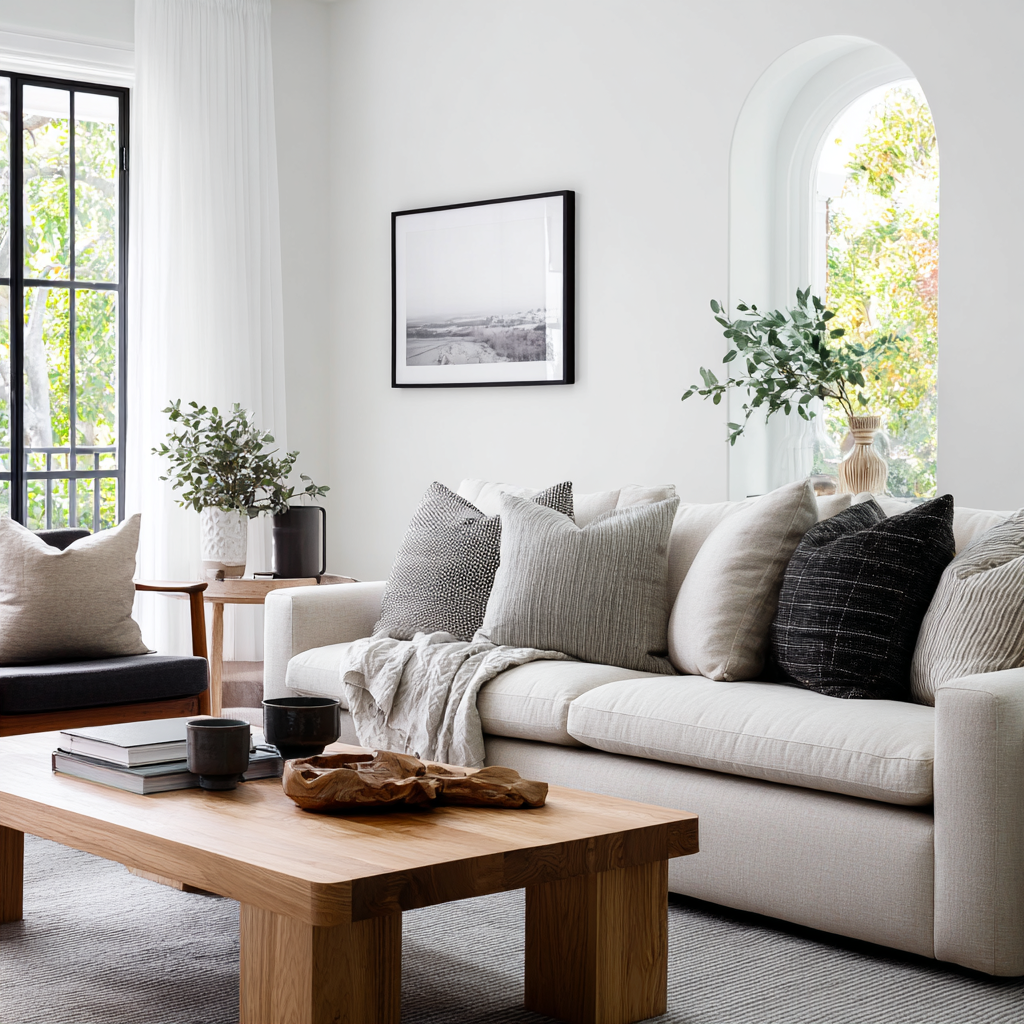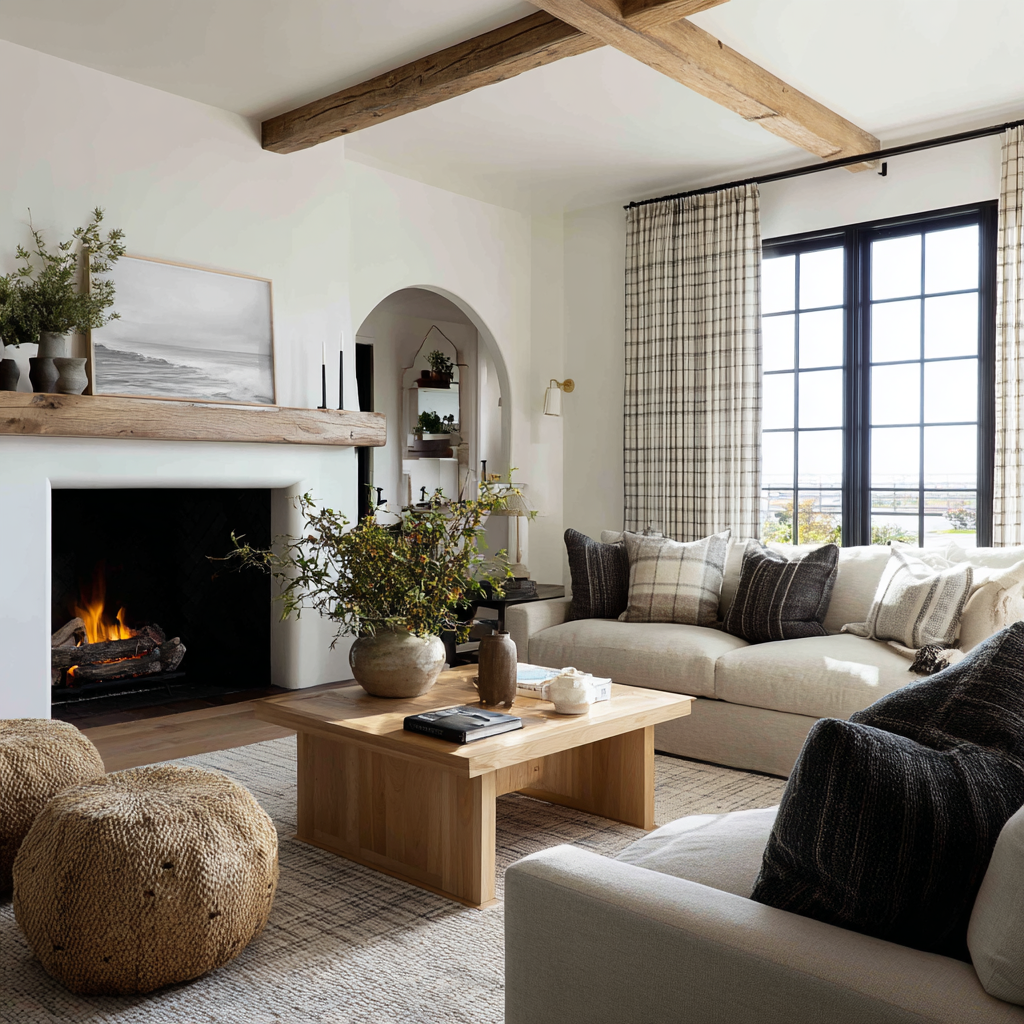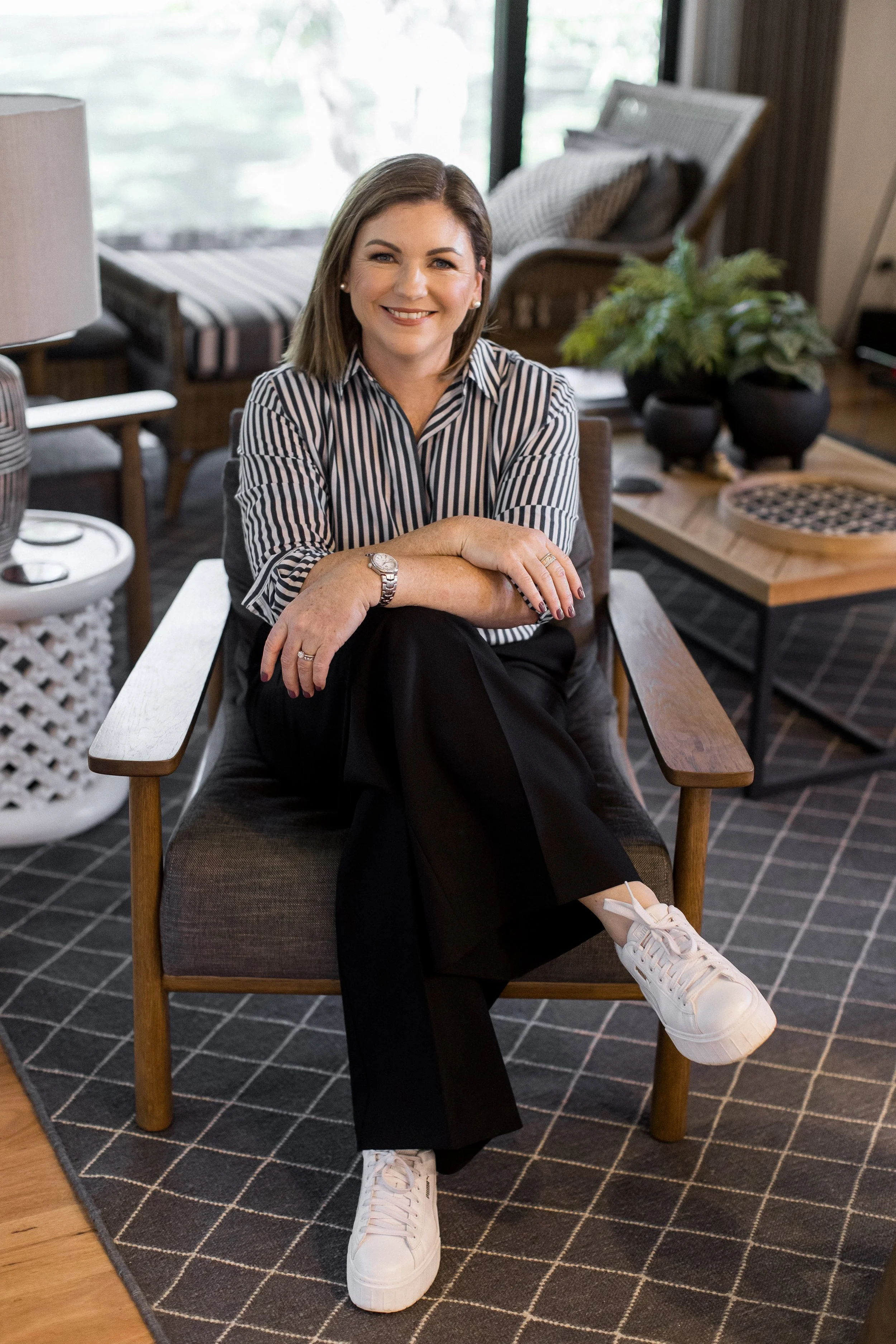The psychology of comfort : why some homes instantly feel good
Image by JMS Style & Design | The Psychology of Comfort
The Psychology of Comfort: Why Some Homes Instantly Feel Good
Have you ever walked into someone’s home and instantly felt calm? You can’t explain it — it just feels right. That’s not luck or expensive furniture. It’s the psychology of comfort — the subtle emotional side of interior design that makes a home feel warm, welcoming, and balanced.
As a Brisbane interior designer, I often help clients create spaces that look beautiful and feel deeply comfortable. Here’s how you can bring that same sense of ease into your own home.
What Is the Psychology of Comfort in Interior Design?
Comfort isn’t only about soft furnishings or cosy textures. It’s about how your space supports your mind as much as your body.
When a home feels harmonious — in lighting, layout, and texture — your body relaxes. Your nervous system reads it as safe, calm, and grounded.
That’s the magic behind a home that simply feels “right.”
How to Create a Home That Feels Instantly Comfortable
1. Balance and Flow
Rooms that are well-balanced naturally feel calmer. Arrange furniture so there’s enough breathing space, visual harmony and room to move between pieces.
Tip: Simplify. If your eye catches on clutter, the space may need more flow.
2. Lighting and Warmth
Lighting shapes mood. Let natural light flood in during the day, and layer softer lighting at night with table lamps, pendants and floor lamps.
Warm tones create cosiness and connection — perfect for Brisbane’s relaxed lifestyle.
Let the light in
Sunlight pours through this soft, light-filled hallway — a reminder that simplicity and space can be just as comforting as colour. The natural light enhances every gentle texture, while touches of greenery bring life and warmth without clutter. It’s a space that feels open, balanced, and calm — proof that when design breathes, so do we.
Image: JMS Style & Design
3. Texture and Touch
Mixing materials brings emotional warmth. Pair linen with timber, woven baskets, or stone surfaces.
Texture is the secret ingredient that makes a home feel alive rather than staged.
4. Colour and Emotion
Choose colours that reflect how you want to feel.
Earthy neutrals like clay, sand, and sage invite calm; cooler tones like soft blue bring peace.
For Queensland interiors, a natural, layered palette keeps things light but grounded.
5. Scent and Sound
Don’t forget the invisible layers. A soft playlist, ocean breeze, or subtle background music can instantly make a room feel peaceful and lived in.
6. Bringing the Outdoors In
Nature has a calming effect on the mind — and incorporating it indoors creates instant harmony.
Live plants, natural light, and organic textures help connect your home to the outdoors, which is especially powerful in our subtropical Brisbane climate.
Tip: Try adding greenery like a fiddle-leaf fig, peace lily, or trailing pothos. They not only purify the air but also soften corners and bring a sense of life and movement to your space.
Even a simple vase of fresh foliage or a view of the garden can remind us to slow down and breathe.
Small design changes can completely shift how you experience your home. The most beautiful homes don’t just look good — they feel right.
Image by JMS Style & Design | An ambient fireplace, plump, textural cushions and lots of natural light, a perfect way to add comfort to your space.
Need Help Designing a Comfortable, Beautiful Home?
If you’re ready to create a home that feels calm, connected, and uniquely yours, I offer Design Advice Sessions and Interior Design services across Brisbane, the Sunshine Coast, and the Gold Coast.
Book a Complimentary Introductory Call to see how I can help you design a space that feels as good as it looks.
Image: Julie Steedman | JMS Style & Design | Helping you curate a space you’ll love to live in!











